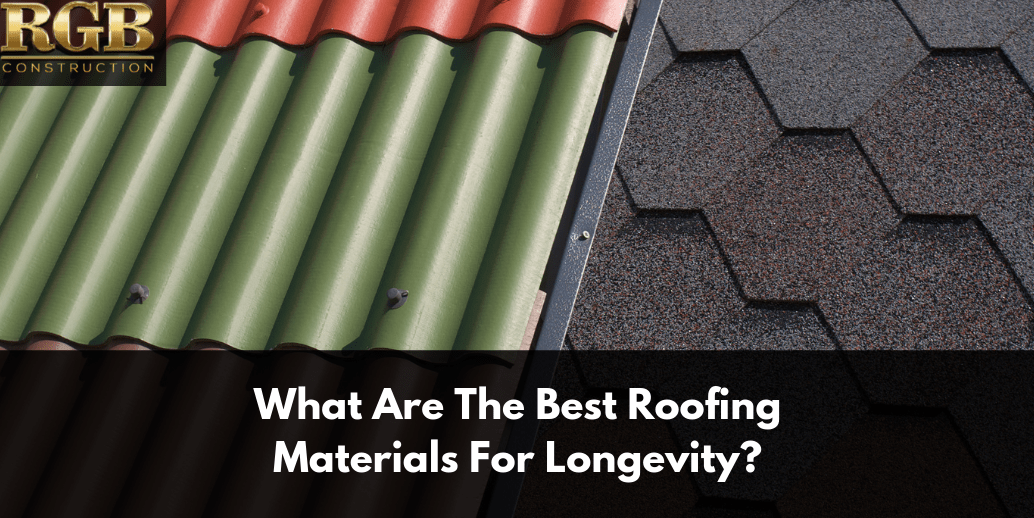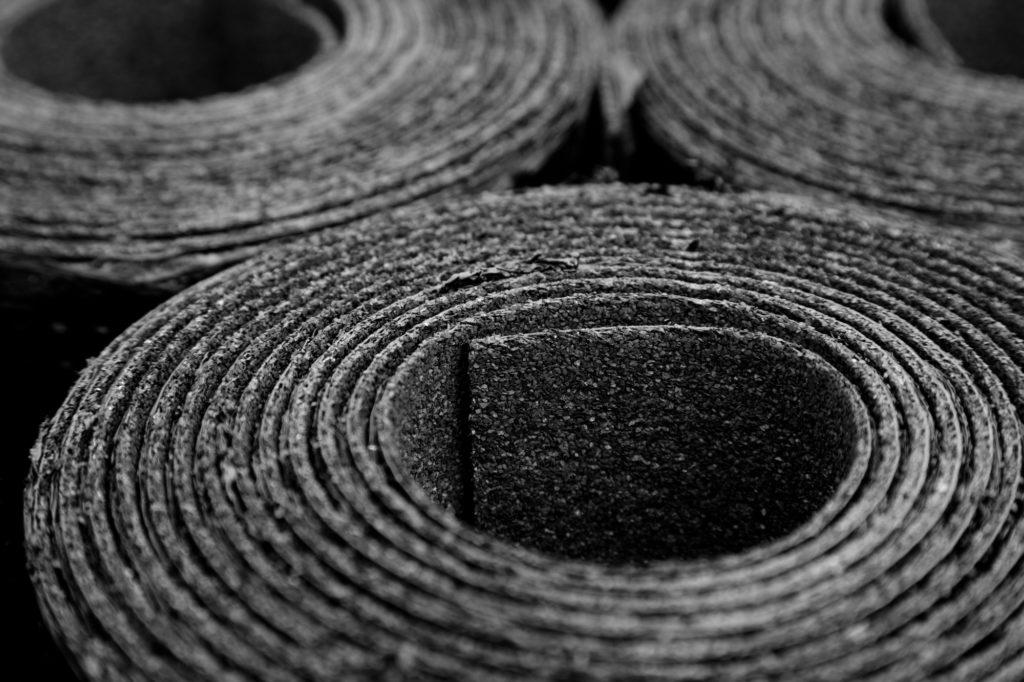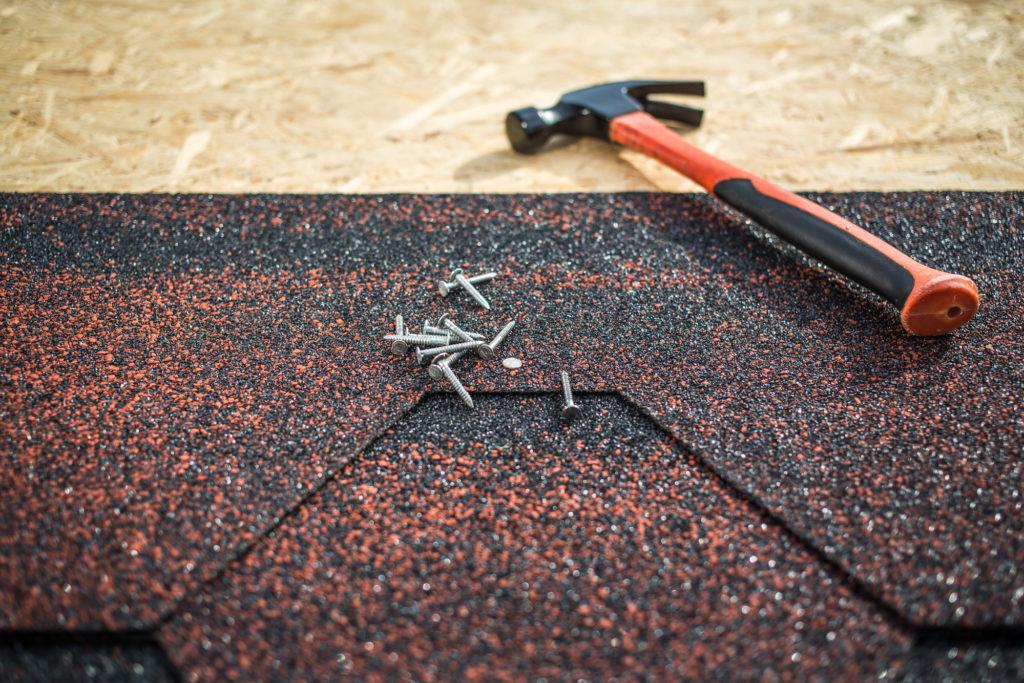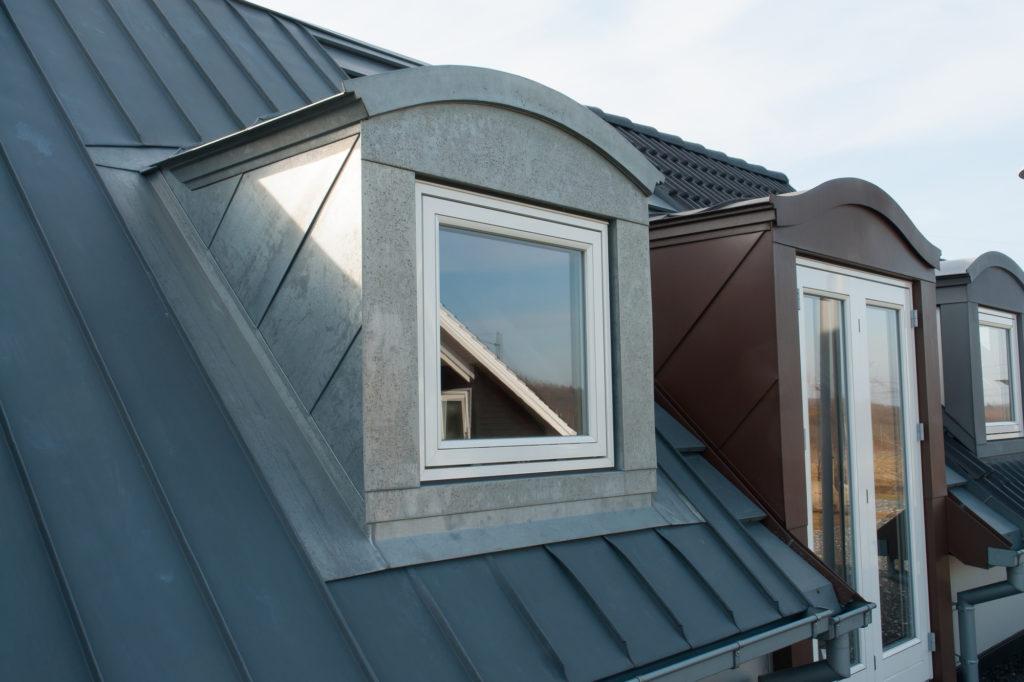So, it’s time for a new roof, is it? Oh, that always hurts a bit, doesn’t it? Aside from a few other things like countertops and flooring indoors, there’s not much that’s more of a costly and onerous undertaking as replacing a roof. But, it’s not something you can afford to cut corners on. Obviously, being smart with your budget is always, repeat always a good idea, but there’s a difference between budget smart and cutting corners.
Your roof is one of the most important components of your house, after all. It’s your first and last line of defense against the onslaught of nature. The sun blasts your roof with UV rays all day every day, even when it’s cloudy. Pests are looking for ways in, always and endlessly. Inclement weather is always testing things with extreme temperatures and absurd rain and wind storms. Yeah, nature sucks, and it can be hard to understand why it’s such a beloved thing when you get down to it.
If your roof gets water damage, you’re in for a real treat. It’ll cause your home to rot from the inside out at an exponentially accelerated rate. Your plaster will crumble, your carpet will rot away, and horrendous, noxious molds will begin to grow. Black mold, as a matter of fact, can actually be deadly. This goes double for small children, pets, and the elderly or infirm.
If your roof gets into bad enough shape, you can face fines, or even your home being condemned. While you’re forced out of your home, these damages will increase and increase until it all reaches critical mass, and your building’s a write-off.
Yes, this can all happen, if your roof is in bad shape, or you skimp on materials. Scared? Well, you should be. Fail to mention the impact on your resale value, insurance, and curb appeal. That in mind, you want to choose the best roofing material for longevity and aesthetic. This sounds like a difficult problem to solve, with those two variables – wouldn’t pretty materials be more fragile? During installation, they can be. But when properly installed, many high-end, beautiful materials can be quite durable, thanks to modern science and honest craftsmanship.
Today, we’re going to look at the aesthetic value, the strengths and weaknesses, and the durability of several of the most popular material.
Asphalt Roll
Asphalt rolls are really only used in commercial projects most of the time, being designed for flat roofs. Most residential structures, aside from apartment buildings or the like, don’t have flat roofs like this due to the aesthetic concern.
Frankly, this material isn’t attractive, but it’s not designed with that kind of thing in mind. It’s rolled out, as the name would indicate, and cut to fit the roof and around protrusions. It can be applied using either heat or self-activated adhesives.
For commercial roofs, this material does have its strengths, up to and including ease of installation, ease of maintenance, and solidity. The problem is that it can develop seams between the strips which can need to be patched or sealed on a regular basis. It also has the misfortune of needing additional layers usually, such as crushed rock or something of that ilk, which can be treacherous to walk on and can clog drainage systems over time. So, it’s not perfect, and as stated, it’s definitely more of a commercial thing. Thus, for aesthetics, this is a definite foregone conclusion of “not an ideal choice”. For longevity, well, commercially, it’s solid, but for residences, that’s also a no go.
- Longevity: This stuff lasts between five to ten years, which is one of the more short-lived materials going to be honest. However, its affordability for the larger surface area means that it’s actually a very cost-effective and viable material for commercial locations. With proper care, you might get fifteen years out of it, but at that point, you’re probably pouring more work and cost into it than just replacing it. It’s designed to be affordable to replace, at least proportionally to commercial locations.
- Expense: This is one of the cheapest materials, at least commercially-speaking. At about $2.25 per square foot on average, and need to be replaced roughly twelve times within a century, it really is a pretty cheap choice for commercial locations. It’s “easy” to install if you hire the appropriately skilled contractor as well.
Conclusion
Asphalt roll is excellent for commercial locations, but longevity isn’t really its strong suit, and it absolutely isn’t ideal for most residential locations, as flat roofs are considerably rarer in that field.
Built-Up Roof (BUR)
And here we have our other pretty much commercial-only material, though you do sometimes see this used on sloped or pitched residential roofs. This is very rare though because it’s not all that practical. This is created by using alternating layers of fiberglass, bitumen, felt and waterproof synthetics to create a very durable, very tough surface.
The problem with this approach is that it’s very involved to install, compared to asphalt roll, and thus more expensive to install. However, with things like this, there tends to be something of a balance between expense and longevity, and BUR lasts considerably longer than asphalt roll, and thus while costlier, needs less frequent replacement.
It also has less of an issue with seams, though this is still an issue with any sheet material like this, so do expect potential seam problems to arise if you have exceptionally extreme temperatures in your area. It also is lacking in any aesthetic appeal, meaning that in this case, if you have a residence, it’s a no-go, unfortunately.
- Longevity: This material lasts a long time, comparable to a lot of traditional shingles, achieving lifespans between twenty to thirty years, meaning maybe thrice a century, they will need to be replaced. This offsets the expense considerably, where asphalt roll has to be replaced more often.
- Expense: It’s more expensive, as we said, because it’s actually very involved to install, doubly so if the previous material has to be removed first. Thus, it’s about $4.00 per square foot, which is nearly double that of an asphalt roof. However, given it also lasts nearly twice as long, this is a pretty proportional scale, and still very cost-effective for commercial locations.
Conclusion
This is also lacking in aesthetic, and so it’s not a great nor practical choice for residential buildings. For commercial, though, it’s tremendously long-lived and cost-effective, and worth a thought if you do have a commercial location, absolutely. It’s not perfect though, and this is a slightly newer technology, so it has some growing pains to contend with as yet.
Composite Asphalt Shingle
Now we’re getting into the more “traditional” materials, albeit with modern science to enhance them. This shingle material utilizes advanced fiber composites to make thicker, more durable shingles. Aesthetically, they still look like good old fashioned three-tab or architectural shingles and can take on any color or style that any other shingle can.
Being designed with slanted roofs in mind, this is ideal for smaller commercial installations as well as many residential projects as well. Being easier to install (more or less the same process as regular shingles), they’re not terribly expensive as far as quality roofing materials go, and they last quite a while too.
They do have the same problems as any other shingle, albeit over a longer time window. They can be blown off by bad enough winds, they will crack or warp over time. Fortunately, they can be replaced in a localized fashion if the damage is area-specific enough too.
A solid eighty percent of shingles on houses after 2000, use these fiber composite designs. Your house probably has them now!
- Longevity: Labs will claim these can do fifty years or more, and in edge cases, that’s probably true. But, in the field, lab data is questionable, and the technicians and scientists will be the first to vehemently point this out. Expect between fifteen to forty years on these, meaning about five times in a century, it may need to be addressed, though likely, more like thrice.
- Expense: This isn’t “cheap”, at about $5.00 per square foot to install, but that’s actually a lot cheaper than other residential materials, and given their durability and longevity, that added expense pays for itself over time.
Conclusion
This is an excellent material, there’s a reason so many houses and smaller commercial locations use these. It may not be “cheap” on the outset, but the longevity and beauty make up for it. It helps that these utilize a lot of recycling, which makes them very green.
Wood Shingles
Okay, wood isn’t as fragile as people make it out to be, the longevity of this will surprise you. Modern treating methods have made attractive, natural-looking wood quite durable indeed. It’s a costlier material, unsurprisingly. It’s more of a challenge to install, it’s very heavy, and it requires somewhat specialized tools, compared to asphalt shingles.
It also does have an environmental impact due to the need to cut trees to make it, though this is a sustainable industry in modern times, unlike in the old days. It does like to grow moss and algae depending on the area though, making for more cleaning.
- Longevity: This lasts as long as asphalt, more or less, at between twenty-five to thirty years. You wouldn’t expect wood to last this long, but by gosh, it does!
- Expense: As we said, this isn’t cheap. At about $6.00 per square foot, any decent-sized roof is going to cost you quite a bit to install wood shingles on. It lasts a long time, but at about the longevity of fiber asphalt shingle, you’re paying an undeniable premium.
Conclusion
This is a beautiful material, and surprisingly durable. It’s also green given the wood from dead shingles can be repurposed to make things like particle or strand board. This is definitely worth considering, but expect to pay a premium for it.
Standing-Seam Metal
When you think of metal, you probably think mainly of corrugated aluminum/tin/steel roofs used on barns, sheds, and other outbuildings. Well, that’s not what we’re talking about here. Metal roofs can have a shingled, sheeted, or textured appearance, meaning they have a serious diversity in aesthetic due to the manufacturing process involved.
This is also one of the longer-lived materials. Temperatures and UV don’t honestly do much to this kind of metal, meaning it’s the gradual abuse of wind and debris that are its demise. If you happen to live in an area with stable, dry weather, this stuff could theoretically last lifetimes. Unfortunately, that’s rarely the case, giving this metal a finite lifespan albeit a long one.
- Longevity: Metal is probably one of the longest-lived materials, which probably should surprise nobody. Expect to get between thirty to fifty years, probably longer with proper maintenance.
- Expense: Here’s the trade-off – this material is so not cheap, at about $10.00 per square foot.
Conclusion
If durability and diversity is your goal, you needn’t look further than metal. But it’s going to challenge your budget!
Clay or Cement Tile
Ah, tile roofs. These evoke a sense of the exotic in the western world, being associated with Mediterranean or tropical locales, where this material (along with stucco or white cement-plaster) were first popularized centuries ago. It’s attractive, and in places like Florida, the southwest, or California, you see this stuff everywhere. It’s not surprising.
Clay and cement aren’t cheap though, but their beauty and durability are no joke.
- Longevity: Yes, these can last upwards of a century or more, with proper care. This is actual in-the-field information.
- Expense: And here comes the other foot dropping, costing up to $20.00 per square foot, given their individual fragility (they like to crack when mishandled), and the difficulty to install them.
Conclusion
If you want exotic charm and longevity, this is the material for you, if you can afford it. Good luck with that.
These are just the most popular ones, we didn’t get into shakes nor slate and other organic stone. Don’t hesitate, fill out our contact form today to learn more!










